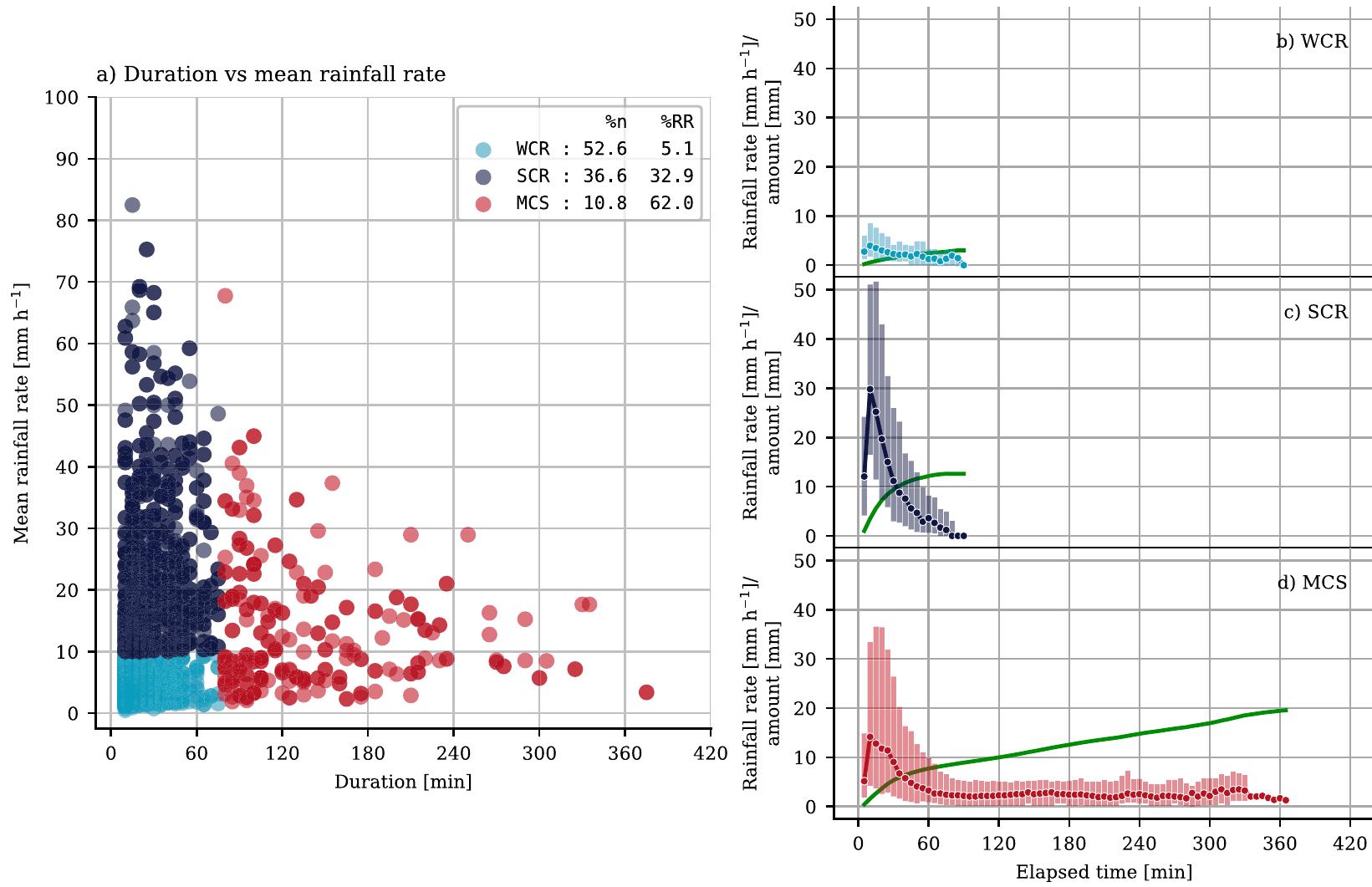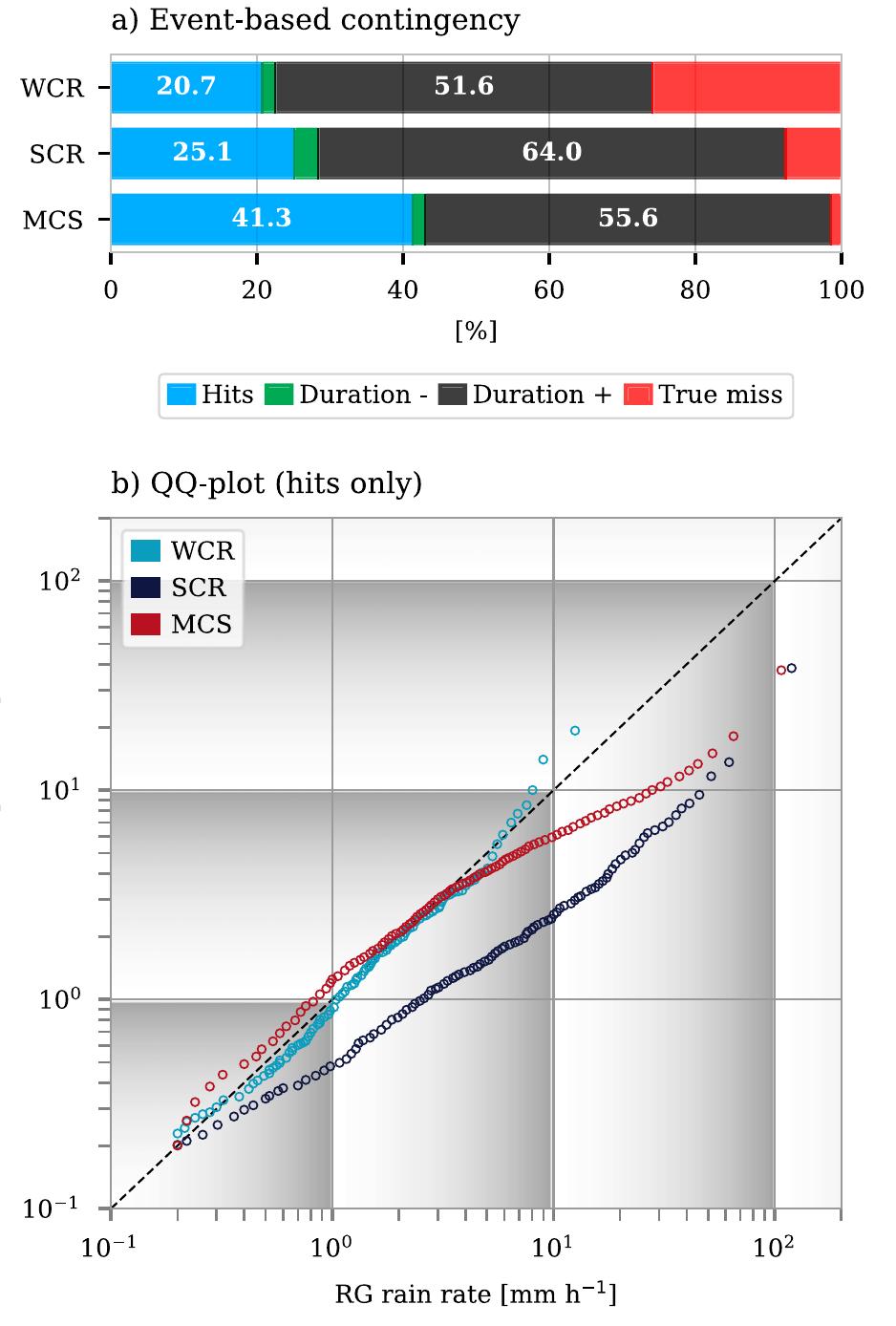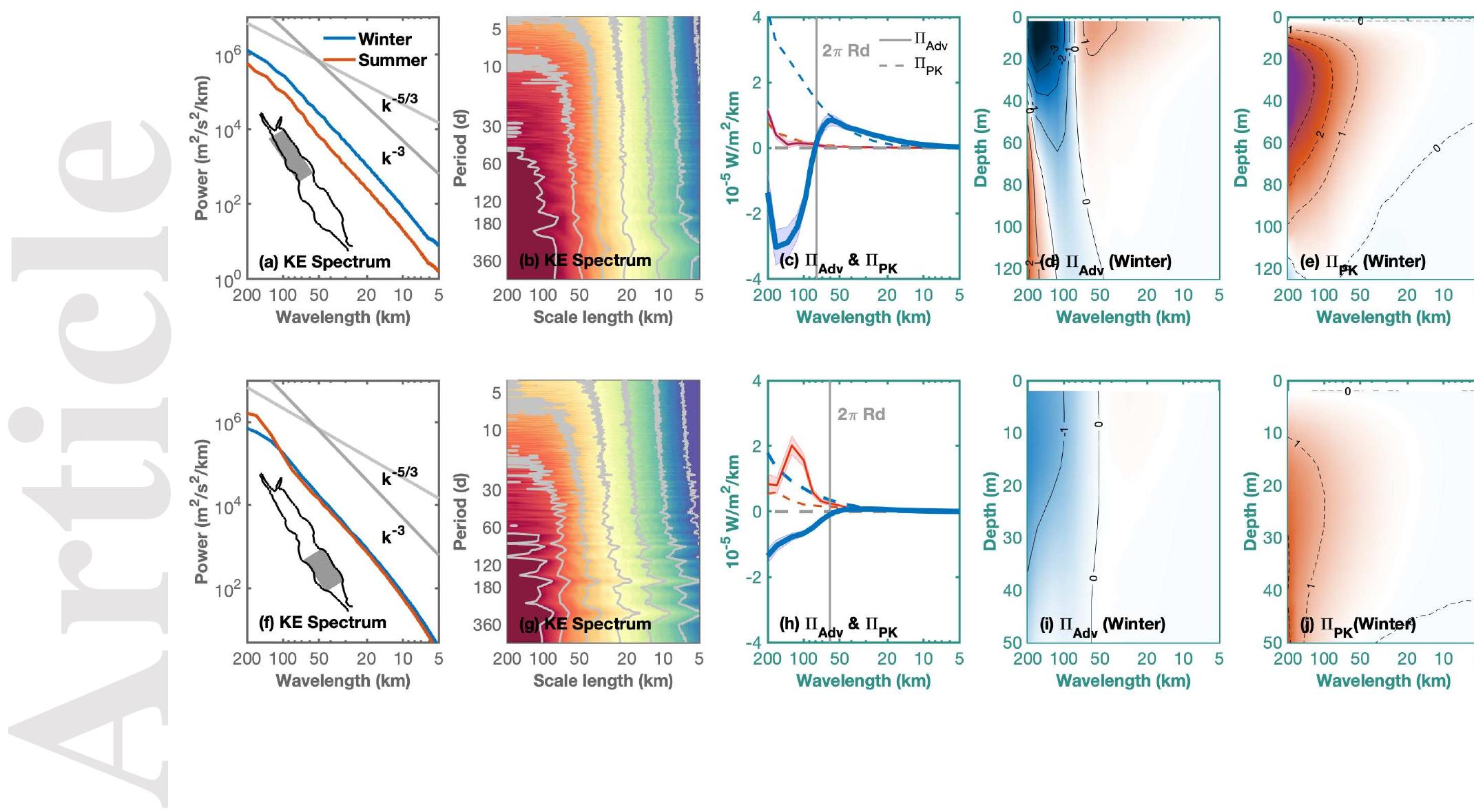Key research themes
1. How do theoretical scaling laws describe vertical natural convection and how do they compare to Rayleigh-Bénard convection?
This research theme investigates the applicability and adaptation of established thermal convection scaling theories—particularly the Grossmann–Lohse (GL) theory originally developed for Rayleigh–Bénard (RB) convection—to vertical natural convection scenarios. It focuses on boundary layer behavior, turbulence dissipation scaling, and the relation between dimensionless heat transfer metrics such as Nusselt, Rayleigh, and Prandtl numbers. Understanding these scaling laws is critical for improving heat transfer predictions in systems where buoyancy-driven vertical convection occurs, with implications for engineering and geophysical applications.
2. What mechanisms control the triggering and regulation of deep convection in atmospheric and oceanic contexts?
Focused on understanding the physical processes underlying deep convection initiation and evolution, this theme explores the roles of mechanical and thermodynamic forcings by cold pools in atmospheric convection as well as the variations in convective intensity in the Labrador Sea driven by atmospheric circulation and freshwater influences. These studies employ numerical simulations, Lagrangian particle tracking, and oceanographic observations to disentangle how different forcings contribute to convection onset, development, and shutdown, which is fundamental for accurate climate modeling, weather prediction, and understanding ocean circulation dynamics.
3. How does porous media structure and microscale flow dynamics influence convection heat transfer and turbulence?
This area examines turbulent convection and heat transfer in porous media, emphasizing microscale vortical structures, large-scale flow cells, and porosity effects on thermal and hydrodynamic transport. It includes studies of turbulence spectra and energy cascades constrained by geometry, numerical and experimental investigations of micro-vortex influence on heat transfer, as well as heat transfer scaling in Rayleigh-Darcy convection in porous layers. Insights help improve models of geophysical flows, energy systems, and engineering devices where porous media and convection interact.






































